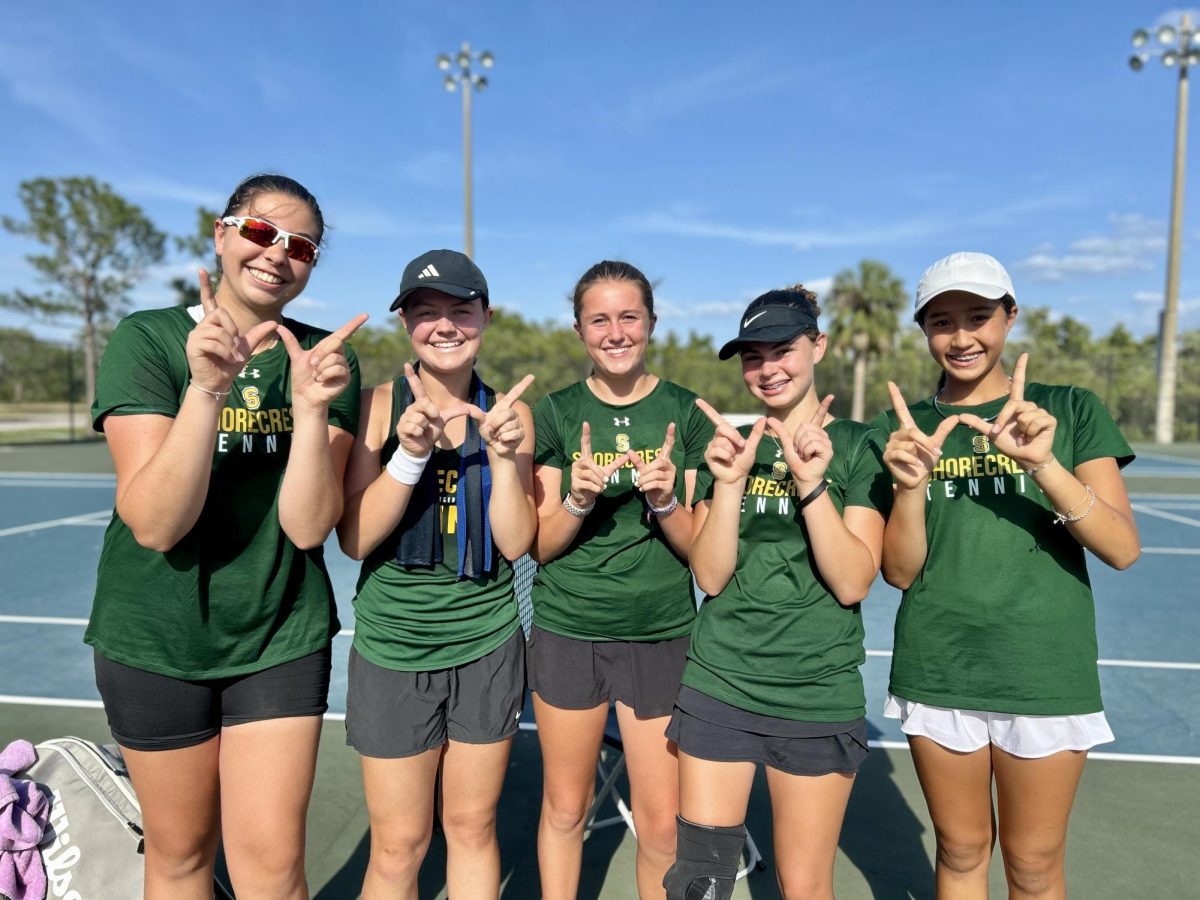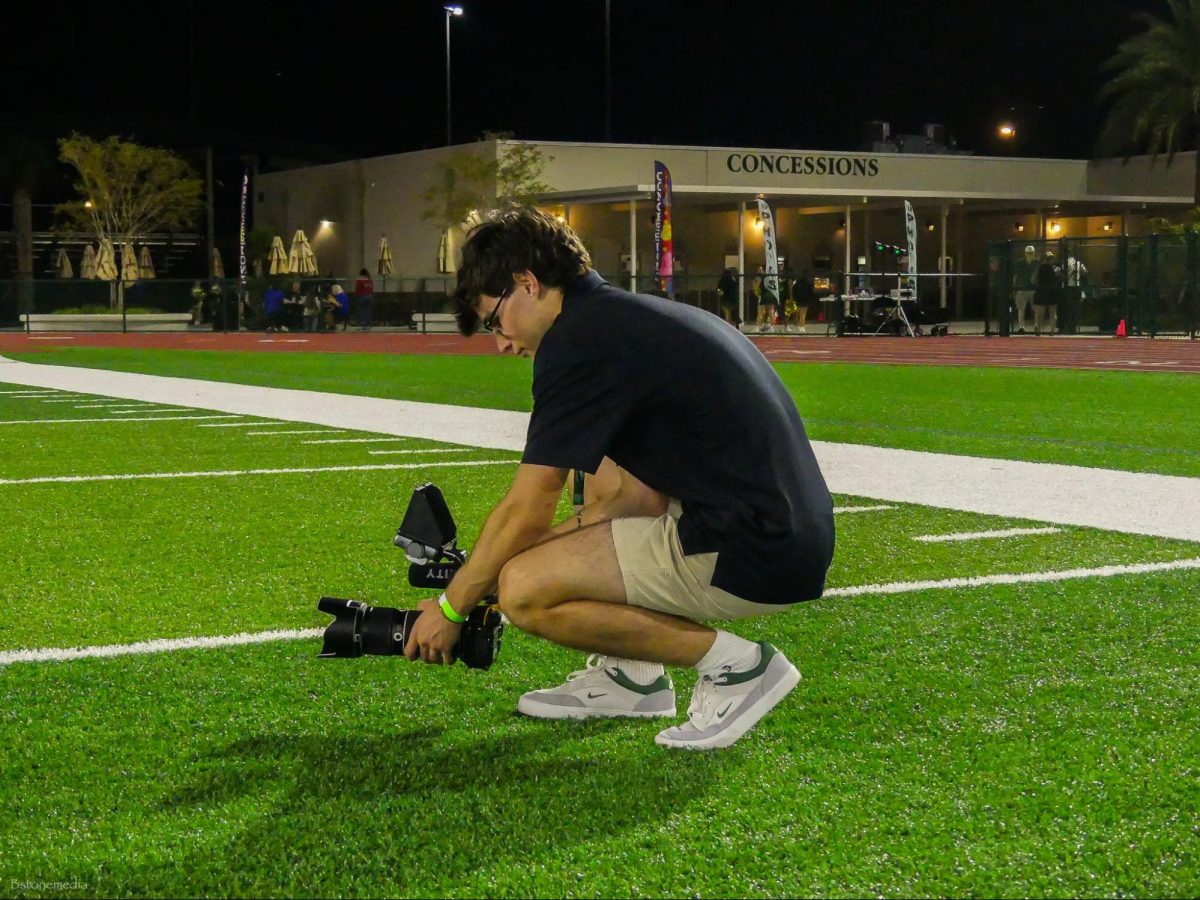From Argentina to Spain—with countless stops in between, Upper School Spanish Teacher Alvin Irwin doesn’t just teach Hispanic cultures; he’s experienced them. In fact, his passion for traveling began when he was only 16 years old.
Ever since he began teaching 10 years ago, Irwin has learned how to incorporate his firsthand knowledge into his lessons. “When a student says to me, ‘Have you been there,’ or ‘Have you ever eaten that?’ When I can say yes, it makes [the student’s learning process] a whole different experience,” Irwin said.
Irwin’s extensive travels fueled his desire to become a teacher in the first place. “Had I not traveled abroad, I don’t believe I would be teaching a language. That trip abroad was a huge dose of fertilizer if you will, and it just really set me on fire for what I wanted to do,” Irwin said.
Irwin’s experiences also revealed to him the importance of using authentic materials in his teaching. His approach is reflected by US World Language Department Chair Marina Pallares, who said, “He uses the real radio, TV or podcast or, you know. And, of course, the more you know about the culture and about a country, the more you [can] use the real materials, and the more realistic [it is].”
Supporting the idea, Irwin said, “Anything that was made by a native speaker, for a native speaker. I feel like I’m able to use those materials today and use them in a way that serves to both interest and empower my students.”
Irwin’s deep understanding of the culture opens a window for students to truly understand the daily lives and customs of Hispanic people. Sophomore Chris Every said, “Without culture, it’s harder to understand Spanish and where it comes from.”
Irwin’s everlasting passion continues to leave a strong impression on his students, possibly changing the way they view Hispanic culture. Pallares said, “I like when you go form relationships with people, and you try to see their life and how they live their life, and that is very important because many of the things we teach about culture are stereotypes.”



























![Thespians pose on a staircase at the District IV Thespian Festival. [Front to back] Luca Baker, Maddison Cirino, Tanyiah Ellison, Alex Lewis, Summer Farkas, Jill Marcus, Ella Mathews, Sanjay Sinha, Isabella Jank, Sofia Lee, Boston Littlepage-Santana, Sally Keane, Tyler Biggar, Tanner Johnson, Jasper Hallock-Wishner, Remy de Paris, Alex Jank, Kaelie Dieter, and Daniel Cooper. Photo by Michael McCarthy.](https://spschronicle.org/wp-content/uploads/2024/12/image1-900x1200.jpg)









